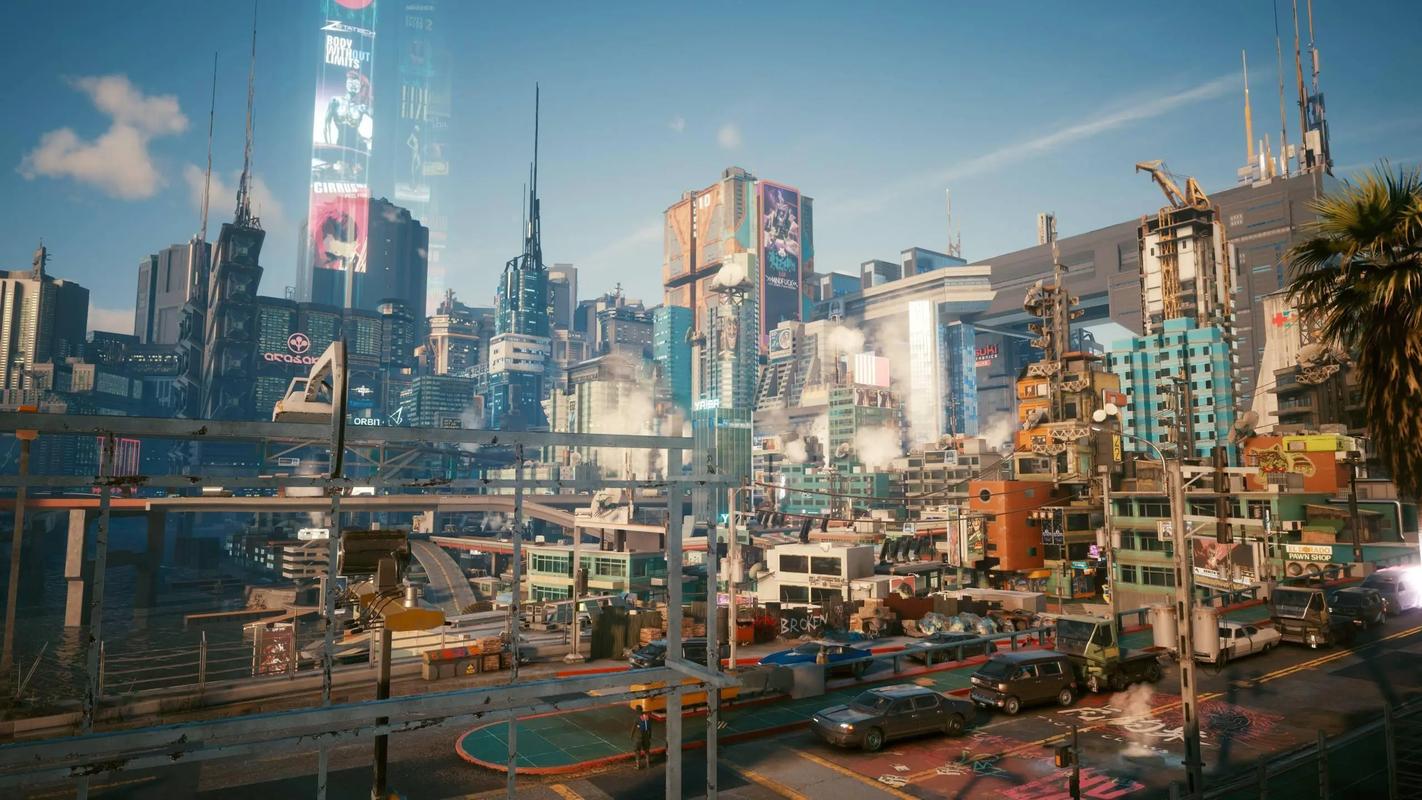The Art of the Escort: Mastering Robot Control in Overwatch 2's Push Mode
There’s a moment in every Overwatch 2 Push match that defines the game. The frantic team fight is over, the smoke clears, and there it stands: the TS-1 Push robot, waiting patiently for a new best friend. In that quiet second, a crucial decision is made. One player approaches, and the robot whirs to life, beginning its slow, momentous march down the track. This singular interaction—the act of controlling the TS-1 unit—is the very heartbeat of the Push game mode. Yet, so many players treat it as a simple, passive task. The truth is, mastering robot control and escort efficiency is what separates a chaotic brawl from a strategic masterpiece.
Push, as a mode, seems straightforward on the surface. Two teams fight over control of a single robot that pushes a barricade down a winding map. Whoever pushes it furthest by the end of the timer wins. But beneath this simple premise lies a deep, dynamic dance of positioning, resource management, and tactical foresight. It’s not just about touching the robot; it’s about orchestrating its advance. Let's break down the art and science of maximizing your escort efficiency and turning the TS-1 into a weapon of mass propulsion.
Understanding the Core Mechanics: It's More Than a Leash
First, we must move beyond a common misconception. The robot does not simply follow you like a pet on a leash. Its movement is governed by a specific set of rules that are fundamental to strategic control.
The primary rule is proximity. The TS-1 will move for the team that has at least one player within its activation radius without an enemy contesting. This is your foundational Push robot control strategy. However, the speed at which it moves is not constant. It has two gears: a slow, initial "warm-up" speed, and a faster "escort speed" that it achieves after a few seconds of uninterrupted progress. The key to optimizing TS-1 movement speed is to prevent the enemy from resetting this progress bar. Every single time an enemy contests, even for a split second, the robot's speed resets to its slowest pace. Therefore, your number one priority isn't just to have someone on the bot; it's to create a safe space for it to accelerate and maintain its top speed.
This leads directly to the concept of creating space for robot advance. Think of the robot not as the center of your formation, but as the prize at the back of a moving territory that you control. Your tank shouldn't be standing next to the robot; they should be at the front line of this territory, pushing the enemy team back, denying them angles of contest, and controlling key chokepoints. Your damage and support heroes should be positioned to reinforce this territory, making it dangerous for flankers to dive in and touch the bot for a quick reset.
The Strategic Layers of Escort Duty: It's a Team Effort
Who should be on robot duty? The answer, surprisingly, is often "no one dedicated, but everyone responsible." Let's dissect the roles.
For the Tank player, your job is the ultimate space creator. A Reinhardt holding a corner 20 meters ahead of the robot is providing infinitely more value than a Reinhardt standing beside it. By aggressively controlling the path ahead, you are ensuring the robot's speed doesn't reset. This is a core tenet of effective Push map pathing. You are literally clearing the road. A Wrecking Ball can slam through the enemy backline, causing chaos that pulls attention away from the bot. A D.Va can use her mobility to hunt down a pesky Tracer trying to sneak a contest. The tank's presence on the front line is the most powerful form of escort efficiency.
Damage heroes have a dual role. While your snipers and long-range specialists are excellent at applying pressure from off-angles and securing picks from the safety of the controlled territory, your flankers and brawlers have a different task. Instead of always focusing on the enemy tank, their priority should be to identify and eliminate threats that are trying to contest the robot. A Reaper teleporting to a high ground overlooking the bot can force a Widowmaker to reposition or die, thus protecting the TS-1's progress. This is a critical part of team composition for Push mode—having heroes who can proactively defend the robot's path, not just reactively fight on it.
Support players are the linchpins of the entire operation. Your positioning is paramount. You need to be able to heal your tank who is creating space ahead, while also being safe from flankers yourself. A Support standing directly on the robot is often a vulnerable target. Instead, use natural cover and positioning that allows you to see both your frontline and the bot. Heroes like Lucio are invaluable for their speed boost, which can help your team disengage from a lost fight or quickly reposition to re-contest. His ability to quickly ferry the team back to the robot can be the difference between a full hold and a catastrophic enemy push. This is a sophisticated Push mode gameplay tip that leverages utility over raw healing.
Advanced Tactics: The Push and Pull of Momentum
Once you understand the basic roles, you can start implementing advanced strategies that truly dominate the mode.
Staggering and Regrouping: One of the most common mistakes is trickling back to the robot one by one after a lost team fight. This feeds the enemy ultimate charge and gives them easy picks, allowing them to push much further. A disciplined reset, waiting for your team to regroup, is often better than making a heroic but doomed 1v5 stand on the bot. Let them have it for a few seconds while you gather your full strength for a coordinated retake. This denies them the maximizing payload progress they would get from farming your staggered teammates.
The "Soft Contest" and the "Hard Commit": Not every contest requires your whole team to stand on the robot. A mobile hero like Tracer or Sombra can perform a "soft contest"—dashing through the bot's radius to reset its speed timer without committing to a full fight. This can be a fantastic stalling tactic when you're waiting for respawns. Conversely, a "hard commit" is when your team decides this is the fight to win, and you use all your resources and positioning to wipe the enemy and take full control.

Map-Specific Pathing: Each Push map (Colosseo, Esperança, New Queen Street) has its own unique layout, with flank routes, high grounds, and deadly chokepoints. Effective Push map pathing means knowing these intimately. On New Queen Street, controlling the central tunnel and the high ground above it is often more important than the bot's immediate position. On Colosseo, the long flank under the bridge can be a game-winning route for a surprise attack. Guide the robot's path by controlling the space around its predetermined route.
Ultimate Economy for Robot Control: Your ultimate abilities are your keys to winning or retaking control of the robot. Don't waste them in a fight you've already won. Conversely, don't be too conservative and lose the bot because you were saving for a "perfect" moment that never comes. A well-timed Earthshatter or Graviton Surge that wins a fight directly on the TS-1 is one of the most effective ways of securing the TS-1 unit control and guaranteeing a long, uncontested push.
Turning Knowledge into Victory
Mastering Overwatch 2's Push mode is a journey of shifting your perspective. Stop seeing the TS-1 robot as the objective you stand on, and start seeing it as the beneficiary of the map control you exert. Your goal is to create and maintain a moving "bubble" of safety around it. The tank leads the bubble, the damage protects its flanks, and the support sustains it from within.
By internalizing these principles—the mechanics of speed, the roles in space creation, and the advanced tactics of momentum—you will transform from a passive passenger on the TS-1's journey into its active conductor. You will stop asking, "Why did we lose? I was on the robot the whole time!" and start commanding, "Rein, hold that corner ahead. Reaper, watch the right flank. Let's get this bot moving at top speed." That is the moment you stop just playing Push, and you start winning it.
















